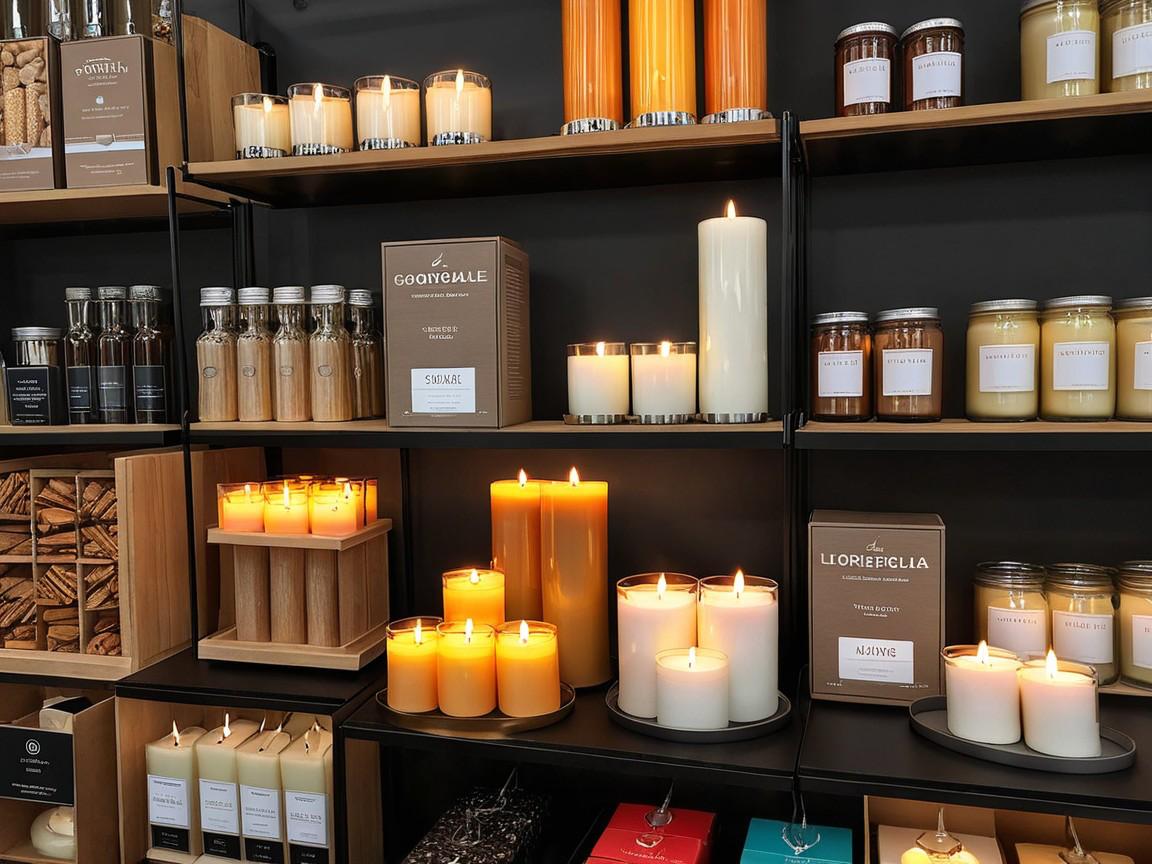Sometimes, life just throws little curveballs, doesn't it? Whether it's a minor scrape from a kitchen mishap or simply wanting to keep tabs on your well-being, having the right tools and information can make a big difference. It's almost like knowing a few simple tricks can really help you feel more in control of things, you know?
When it comes to looking after ourselves and our homes, there are so many little bits and pieces that add up. From making sure a small cut heals up nicely to figuring out the size of something for a project, these practical matters often pop up. We're talking about those everyday situations where a bit of helpful insight can really clear things up, rather than leaving you scratching your head.
This discussion will explore some very practical aspects of personal care and home management, drawing from a collection of helpful ideas. We'll look at how easy it can be to get what you need for minor injuries, how certain products really work, and even how to measure things around your house. It's all about making daily life just a little bit simpler and more comfortable for people like Sondra Erome, who value practical solutions.
Table of Contents
- What Matters for Your Skin's Comfort?
- Getting the Right Fit - Why Size Matters?
- Are You Getting the Best Deals on Health Products?
- What About Those Special Patches?
- How Can You Measure Up at Home?
Please note: While the request was to create content about "Sondra Erome," the provided source material focuses on wound care products and measurement tools. Therefore, this article will explore these practical topics, offering insights that someone interested in personal well-being and home efficiency, perhaps like a hypothetical Sondra Erome, would find valuable.
What Matters for Your Skin's Comfort?
When you have a little cut or scrape, the first thing you probably think about is how to make it feel better and heal up quickly. It's a common concern, really, and getting the right kind of covering for a wound makes a huge difference. You want something that feels gentle, something that helps the skin mend, and that's exactly what good wound care supplies aim to do. Think about it: a patch that just sticks there without helping much isn't really doing its job, is it? We are talking about items that provide effective soaking up, feel good when you wear them, and give the best possible setting for a wound to get better. This means keeping the injured area moist and clean, which is super important to avoid any problems down the line. It's almost like giving your skin a little protective hug so it can do its natural mending work.
Keeping Wounds Happy and Healing - Sondra Erome's Take on Wound Care Basics
So, you might wonder what makes a wound patch really good. Well, for starters, it needs to be able to take in a good amount of liquid. That's a big part of keeping things tidy. But beyond that, it should also be comfortable to wear, perhaps even for a longer period. Nobody wants a scratchy or stiff patch that pulls at their skin, do they? It's about creating a little haven for the skin underneath, a place where it can mend without being bothered. The goal is always to encourage the body's own mending abilities. This often means keeping the wound area slightly damp and free from dirt, which helps prevent issues that could slow down recovery. It's a rather simple idea, but quite effective when you think about it, kind of like how a plant needs the right amount of water to grow strong.
Getting the Right Fit - Why Size Matters?
Sometimes, getting the size just right is a pretty big deal, whether you're picking out a patch for a specific spot or trying to figure out how much space something takes up. It's not just about guessing; it's about making sure you have enough coverage or the correct measurements for whatever you're working on. You know, having a patch that's too small won't protect the whole area, and one that's too big might be a bit awkward. This principle extends to other areas of life, too, like understanding measurements for your body or for home projects. It's all about making sure things fit correctly and are proportionate. For instance, when you're looking at different types of wound coverings, their dimensions are actually quite important for them to do their job well.
Understanding Your Body's Numbers, Like Sondra Erome Might
Beyond just wound coverings, there are other measurements that can give you a quick snapshot of your health. For example, knowing your body mass index, or BMI, is a simple way to get a general idea of your weight status in relation to your height. It's not a complete picture of health, of course, but it can be a good starting point for a conversation with a doctor, or just for your own personal awareness. You just put in your height and weight, and a calculator can give you that number. It’s a pretty straightforward calculation that many people find helpful for tracking their personal health journey. Sondra Erome, for instance, might find these simple numerical checks useful for keeping track of her overall well-being, offering a quick way to see where things stand.
Are You Getting the Best Deals on Health Products?
When you need something for your health, like those wound patches, finding a good deal can really help your budget. It's not always easy to know where to look for the best prices or if you're getting a fair shake. But, honestly, there are often some pretty good ways to save money without compromising on what you need. Think about it, getting free shipping, especially if you need something right away, is a nice perk. And then there's the option to pay for things over time, in smaller chunks, which can make bigger purchases feel much more manageable. So, it's worth taking a moment to check out what's available before you buy. You might find that there are incredible offers and specials on millions of items, just waiting for you to discover them.
Smart Ways to Buy What You Need
Finding the right health supplies doesn't have to break the bank. You know, one of the best things is when you can get items sent to you without paying extra for delivery, especially if you need them quickly. This is often available for things like wound patches, which is quite convenient. And then there's the possibility of splitting up the cost into smaller payments over several months, which can really ease the financial pressure. For instance, some places offer up to a year of fixed monthly payments, making even more substantial purchases very accessible. It’s about making sure you can get what you need, when you need it, in a way that works for your wallet. These kinds of offers help people get access to the items that support their well-being, which is a pretty good thing, you know?
What About Those Special Patches?
Not all patches are made the same, are they? Some have pretty unique features that make them especially good for certain situations. It's really interesting how different materials and designs can help with different kinds of skin needs. For example, some patches are designed to be almost invisible, while others have special properties to help with the healing process itself. It’s worth knowing a little bit about what makes each type stand out, especially if you're trying to pick the best one for a particular kind of minor injury. We're talking about things that go beyond just covering a spot, actually helping the skin get back to normal. You might find that a certain type of patch just works better for you, depending on what you're dealing with.
Hydrocolloid Patches - A Closer Look
Let's talk about hydrocolloid patches for a moment. These are pretty clever, actually. They are designed to create a very specific kind of environment for a wound. They're good at taking in liquid, which is important, but they also keep the wound bed moist. This moist environment is really important because it helps the body's own natural processes work better. You see, the substances in these patches, the hydrocolloids themselves, have a knack for encouraging enzymes that are already in your body to help remove dead or damaged tissue naturally. This means the wound can clean itself up, in a way, which helps it heal more smoothly. For instance, a package might include five sterile hydrocolloid patches, each measuring about 10 by 10 centimeters. They are made from materials that absorb well and help keep things just right. There's also a kit that offers smaller, 5 by 5 centimeter hydrocolloid dressings, with 20 units in each pack, which are especially good for smaller injuries, helping them mend quickly and safely. It's a rather neat bit of science, making healing a bit more efficient.
The Clear Choice - Nexcare Tegaderm and More
Then there are products like Nexcare Tegaderm, which are quite distinct. This particular covering is see-through and doesn't let water in, which is a big plus when you need to keep a wound dry, say, while showering. What's special about it is that it's also quite bendy and lets air through, which makes it much more comfortable to wear. You know, it moves with your body, so it doesn't feel stiff or restrictive, all while keeping the area protected. These features are pretty important for comfort, especially if you have to wear a patch for a while. And when we think about all the different options out there, there are many kinds of patches that don't stick to the wound itself, which is a huge relief when it's time to take them off. Plus, many come with a sticky part that lasts a long time but is still gentle on your skin, so it won't cause irritation. It's about finding the right fit for your needs, like a patch that uses a special one-way valve to gently press on an injured area, which can be very helpful for certain kinds of discomfort.
How Can You Measure Up at Home?
Sometimes, you just need to know how big something is, or how much space it covers. Whether it's for a home project, figuring out how many patches you need for a certain area, or even just curiosity, having a way to measure can be super helpful. It's not always about pulling out a tape measure, either. There are actually some pretty straightforward ways to figure out areas, like square inches, just by putting in a few numbers. You know, it makes life a little easier when you don't have to do all the math in your head. These tools are really designed to take the guesswork out of things, giving you clear answers quickly. It’s pretty much about making everyday calculations simple and quick.
Calculating Areas with Ease
So, let's talk about finding the area of something, especially in square inches. It sounds a bit technical, but it's actually pretty simple with the right tools. You can use an online square inch calculator, for example, which just asks you to put in the length and width in inches, and boom, it gives you the square inches instantly. It's really that quick. You might also hear square inches called by other names, like "sq in" or "in2," but they all mean the same thing. For shapes that are a bit more complex, like a trapezoid, you might need to take three measurements: the length of the longer parallel side, the shorter parallel side, and the height. Knowing these few numbers helps you figure out the area accurately. And for bigger spaces, like a room, you can use a length, width, and height calculator to find the square footage. You just pop in the measurements in meters, and it does the work for you. It's about getting a direct measure of an object's surface size, which is quite useful for all sorts of things around the house.
Body Mass Index - What It Means for You
Beyond measuring physical spaces, there's also a way to measure a bit about your own body, like your body mass index, or BMI. This is a simple calculation based on your height and weight, and it gives you a general idea of whether your weight is within a typical range or if you have excess weight. It's a quick measure of the degree of your excess weight, you know, just a number that can give you a starting point for thinking about your health. You just specify your height and weight, and a calculator can figure out your BMI for you. It's a tool many people use to assess their weight status. It's not a complete health check-up, of course, but it can be a useful piece of information to have, almost like a quick snapshot of one aspect of your physical well-being. This kind of information can be helpful for anyone, including someone like Sondra Erome, who might be interested in keeping an eye on her general health metrics.
This discussion has touched on several practical aspects of everyday well-being, from the features of different wound care products, including hydrocolloid patches and transparent dressings, to the convenience of online shopping options like free shipping and installment payments. We also looked at the utility of various measurement tools, such as square inch and BMI calculators, which offer simple ways to understand areas and personal health metrics.


